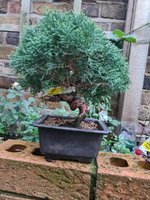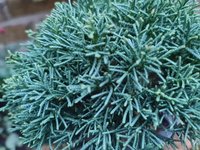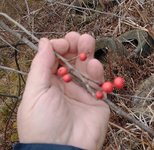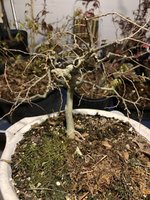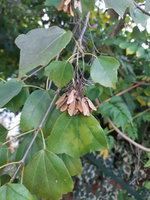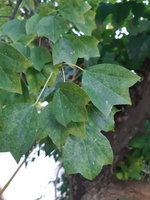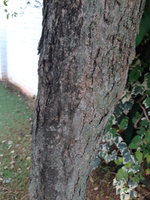Wires_Guy_wires
Imperial Masterpiece
I went ahead and put pencil thick itoigawa in an experimental mixture of acidic black peat with 40% pine bark, totally organic, but less watering than I would water my bonsai-to-be. They swallow 4mm wire in a year and extend roughly a foot on every branch. But the quality of the growth is rather poor: lots of needle foliage.The shimpaku will pick up speed as far as growth goes. If you want faster growth on a shimpaku, don't repot it. They will grow slow or not at all the season after being repotted. I try to repot shimpaku, 'Itoigawa' and 'Kishu' no more than once every 3 to 10 years. Use an inorganic mix, repot, then leave the roots alone as long as possible. They will grow rapidly second and third growing seasons after being repotted. I have a shimpaku that is now coming up on 12 years since last being repotted, it still grows well every summer.
I'm considering to start using these kind of soils to bulk junipers as scion donors.

